Retro Replay Review
Gameplay
Dora the Explorer: Lost City Adventure offers a familiar point-and-click interface that is perfectly tailored for young players. Using just the mouse, children guide Dora and her trusty sidekick Boots through a series of themed mini-games, from painting at Boot’s Treehouse to matching Pirate Piggies at the Big Pond. The intuitive drag-and-drop mechanics encourage fine motor skills, and clear on-screen prompts help early learners stay on track as they progress.
(HEY YOU!! We hope you enjoy! We try not to run ads. So basically, this is a very expensive hobby running this site. Please consider joining us for updates, forums, and more. Network w/ us to make some cash or friends while retro gaming, and you can win some free retro games for posting. Okay, carry on 👍)
The game features two distinct modes: Lost City Adventure Mode and Freeplay Map Mode. In Adventure Mode, completing one activity automatically unlocks the next area, giving a clear sense of forward momentum as Dora chases her lost teddy bear through the Forest Path, Number Pyramid, and finally the titular Lost City. In Freeplay Mode, children can revisit any previously unlocked location in any order, letting them practice specific skills—such as counting or color matching—at their own pace.
Each mini-game is framed as a friendly task for Dora’s friends—find stars for the Forest Path, sort numbered Bugga Bugga Babies, or assemble the correct jewels in the Pyramid. This variety keeps the gameplay fresh, and the desire to collect stickers and decorations for Dora’s treasure box adds a layer of personalization. As players earn more stickers, they can redecorate the box, reinforcing positive feedback loops and giving an extra incentive to complete every challenge.
Graphics
The visual style of Lost City Adventure is bright, bold, and faithful to the beloved animated series. Characters are rendered in cheerful 2D illustrations, and each environment—from the lily-pad dotted Big Pond to the hieroglyph-lined walls of the Number Pyramid—bursts with color. The clean lines and uncluttered backgrounds ensure that gameplay elements stand out clearly, which is essential for preschool-age users.
Animation is simple but effective: Dora waves when you click her, Boots does a little dance on success, and Map pops up with helpful advice accompanied by lively sound effects. These small touches of motion make the world feel alive without overwhelming young players. The consistent art style across all activities helps maintain immersion, so children remain focused on the tasks at hand rather than being distracted by jarring visual changes.
The user interface is thoughtfully designed, with oversized buttons and clear icons for navigation. The map screen uses bright primary colors to differentiate levels, and the treasure box customization screen features an assortment of stickers and paint swatches that are easy to recognize. Even on lower-resolution monitors, the crisp graphics and high-contrast palettes ensure that every detail—from the smallest jewel in the pyramid to the leafy canopy of the Forest Path—is fully legible.
Story
At the heart of Lost City Adventure is a simple yet engaging narrative: Dora’s teddy bear has gone missing, and Map declares that the greatest chance of finding him lies hidden in the Lost City. This quest structure provides a solid throughline for each activity, giving every mini-game the context of helping Dora and her friends recover lost treasures. It’s a gentle way to teach problem-solving, cooperation, and perseverance.
Throughout the journey, Dora and Boots encounter familiar faces who need help finding their own lost items. Each successful rescue unlocks a picture that will later serve as a clue in the Lost City itself, weaving a thread of continuity from the first forest clearing to the final temple gates. The episodic format encourages children to remember details and apply their earlier learning to new challenges, reinforcing memory and sequencing skills.
Voice acting from the television series adds warmth and authenticity to the story. Dora provides cheerful guidance, Boots offers playful banter, and Map patiently explains each step of the adventure. These voices help maintain a strong connection to the TV show, ensuring fans feel right at home while newcomers quickly learn Dora’s signature catchphrases and problem-solving approach.
Overall Experience
Dora the Explorer: Lost City Adventure strikes a delightful balance between entertainment and education. Its mini-games cover essential early-learning skills—including counting, color recognition, sequencing, and memory—while never feeling overly repetitive. The personalized treasure box and Freeplay Mode give children the freedom to explore at their own pace or challenge themselves to collect every sticker and star.
The game’s friendly interface, colorful visuals, and supportive voice-overs make it an inviting experience for young learners. Parents will appreciate the seamless integration of printable activity sheets that extend the fun offline, offering a holistic approach to early math reinforcement. The gentle difficulty curve ensures that kids stay engaged without frustration, making it an ideal pick for ages 3–6.
Overall, Lost City Adventure delivers an engaging digital storybook feel with interactive puzzles that are as instructive as they are charming. Whether you’re a longstanding Dora fan or introducing your child to her for the first time, this title offers a joyful romp through colorful environments and a heartwarming quest to reunite Dora with her teddy bear—an adventure that both educates and entertains from start to finish.
 Retro Replay Retro Replay gaming reviews, news, emulation, geek stuff and more!
Retro Replay Retro Replay gaming reviews, news, emulation, geek stuff and more!
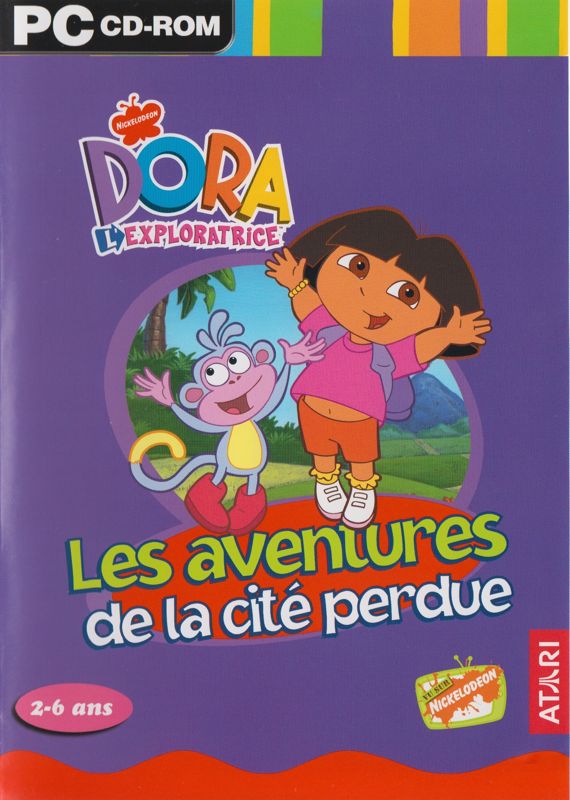
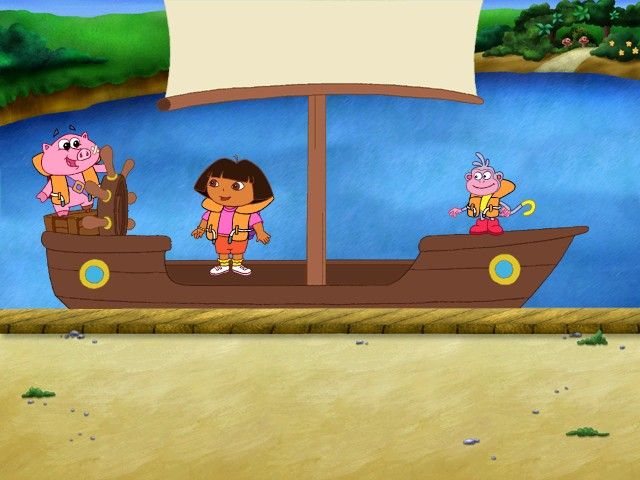
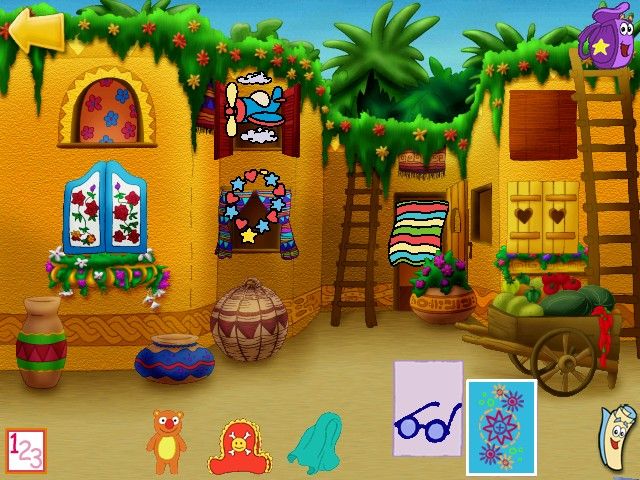
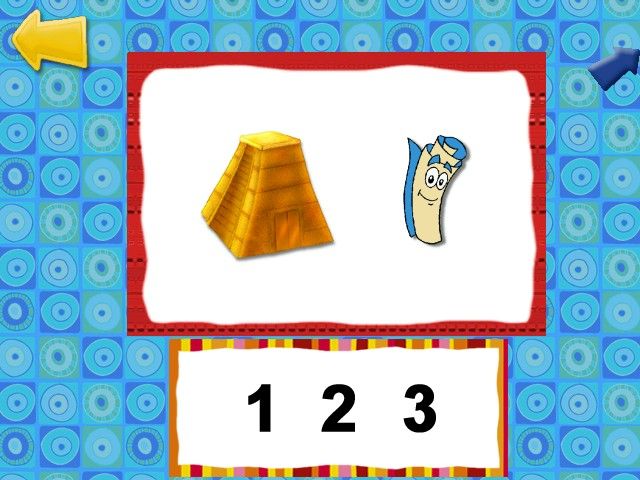
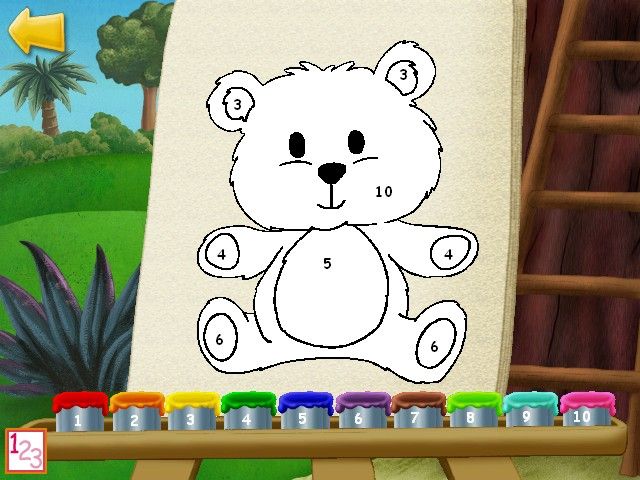
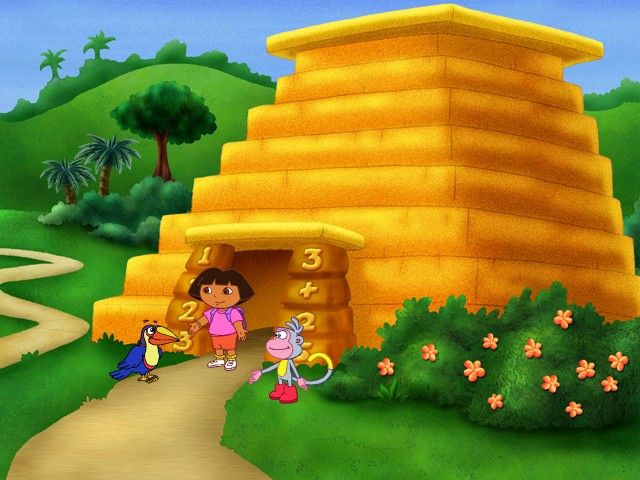



Reviews
There are no reviews yet.